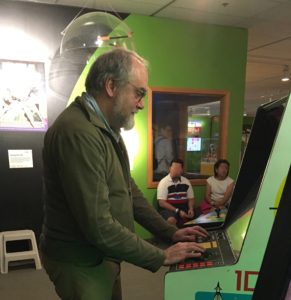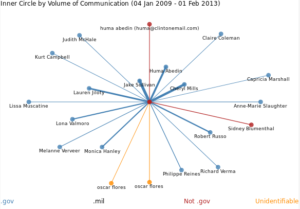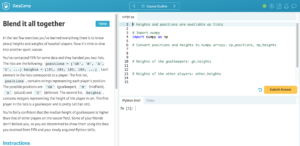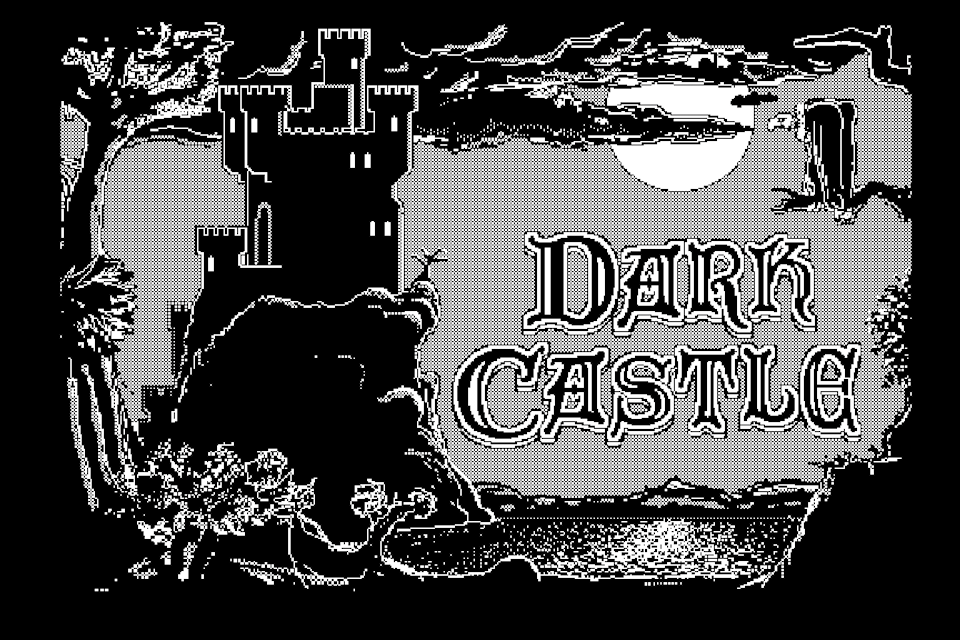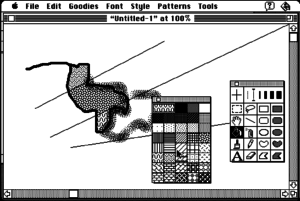Alice and Bob is a web site and paper by Quinn DuPont and Alana Cattapan that nicely tells the history of the famous virtual couple used to explain cryptology.
While Alice, Bob, and their extended family were originally used to explain how public key cryptography works, they have since become widely used across other science and engineering domains. Their influence continues to grow outside of academia as well: Alice and Bob are now a part of geek lore, and subject to narratives and visual depictions that combine pedagogy with in-jokes, often reflecting of the sexist and heteronormative environments in which they were born and continue to be used. More than just the world’s most famous cryptographic couple, Alice and Bob have become an archetype of digital exchange, and a lens through which to view broader digital culture.
The web site provides a timeline going back to 1978. The history is then explained more fully in the full paper (PDF). They end by talking about the gendered history of cryptography. They mention other examples where images of women serve as standard test images like the image of Lena from Playboy.
The design of the site nicely shows how a paper can be remediated as an interactive web site. It isn’t that fancy, but you can navigate the timeline and follow links to get a sense of this “couple”.
